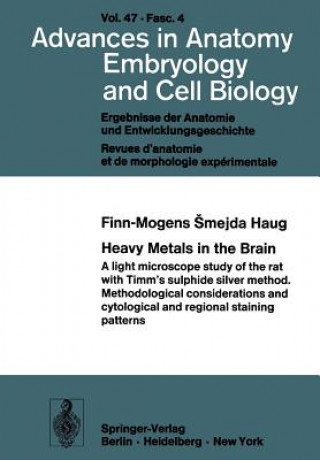
Code: 05338762
Heavy Metals in the Brain
by Finn-Mogens Smejda Haug
The importance of transition metals and group II b metals in biological reac tions is becoming increasingly clear. Such metals form an integral part of the structure of many enzymes and non-enzymic proteins and also feature in mor ... more
- Language:
 English
English - Binding: Paperback
- Number of pages: 71
Publisher: Springer-Verlag Berlin and Heidelberg GmbH & Co. KG
- More about this

61.42 €

Low in stock at our supplier
Shipping in 13 - 16 days
Potřebujete více kusů?Máte-li zájem o více kusů, prověřte, prosím, nejprve dostupnost titulu na naši zákaznické podpoře.
Add to wishlist
You might also like
-

Theories of Political Economy
38.53 € -

Social and Demographic Accounting
45.89 € -

Dwarfs in Ancient Egypt and Greece
421.05 € -

Microfranchising
58.70 € -

Urban Mass Transit
37.21 € -

Advances In Geosciences - Volume 1: Solid Earth (Se)
201.54 € -
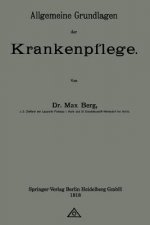
Allgemeine Grundlagen Der Krankenpflege
66.77 €
Give this book as a present today
- Order book and choose Gift Order.
- We will send you book gift voucher at once. You can give it out to anyone.
- Book will be send to donee, nothing more to care about.
More about Heavy Metals in the Brain
You get 154 loyalty points
 Book synopsis
Book synopsis
The importance of transition metals and group II b metals in biological reac tions is becoming increasingly clear. Such metals form an integral part of the structure of many enzymes and non-enzymic proteins and also feature in more reversible interactions between metal ions and large or small biological molecules (Johnson and Seven, 1961). As discussed at the end of this paper, chemical analyses have shown the presence of these metals in the central nervous system and some hypotheses have been advanced concerning their role in more specific nervous activities such as synaptic processes. In order to define more precisely the role of these trace metals it is clearly necessary to investigate their regional and cytological distribution, as may be achieved by the use of histochemical methods. Some of the earliest neurohistochemical studies were concerned with trace metals, especially iron, in the brain (Spatz, 1922). Later reports on the localiza tion of trace metals have been comparatively few, except as regards the hippo campal region. Maske's report (1955) that intravital injections of the coloured chelating agent, dithizone, revealed an accumulation of zinc within the hippocampus, prompted aseries of investigations by Fleischhauer and Horstmann (1957), Timm (1958a), McLardy (1960, 1962, 1963, 1964), von Euler (1962), and others, in which the intravital dithizone method or Timm's sulphide silver method was used. As a result, particularly intense staining was found to correspond to the zones receiving mossy fibre terminals (Cajal, 1911; Blackstad et al. , 1970).
 Book details
Book details
Book category Books in English Medicine Medicine: general issues
61.42 €
- Full title: Heavy Metals in the Brain
- Subtitle: A Light Microscope Study of the Rat with Timm's Sulphide Silver Method. Methodological Considerations and Cytological and Regional Staining Patterns
- Author: Finn-Mogens Smejda Haug
- Language:
 English
English - Binding: Paperback
- Number of pages: 71
- EAN: 9783540062134
- ISBN: 3540062130
- ID: 05338762
- Publisher: Springer-Verlag Berlin and Heidelberg GmbH & Co. KG
- Weight: 160 g
- Dimensions: 244 × 170 × 5 mm
Trending among others
-
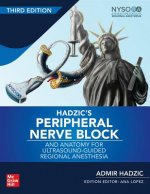
Hadzic's Peripheral Nerve Blocks and Anatomy for Ultrasound-Guided Regional Anesthesia
214.66 € -

TNM Atlas 7e
94.21 € -6 % -

Antibiotic Basics for Clinicians
67.78 € -

Clinical Sports Nutrition
107.32 € -
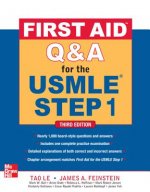
First Aid Q&A for the USMLE Step 1, Third Edition
49.12 € -9 % -

Toxic
30.76 € -16 % -
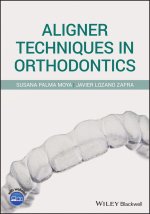
Aligner Techniques in Orthodontics
231.30 € -
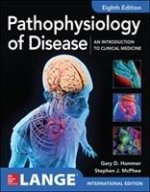
ISE Pathophysiology of Disease: An Introduction to Clinical Medicine 8E
82.20 € -
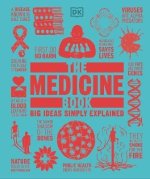
Medicine Book
20.17 € -20 % -

Casarett & Doull's Essentials of Toxicology, Fourth Edition
97.64 € -10 % -

Citadel
11.29 € -28 % -

Casarett & Doull's Toxicology: The Basic Science of Poisons
195.79 € -8 % -

Lost Art of Healing
14.72 € -23 % -

Issues in Public Health: Challenges for the 21st Century
43.87 € -5 % -
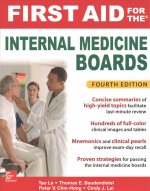
First Aid for the Internal Medicine Boards, Fourth Edition
133.15 € -

Ma and Mateers Emergency Ultrasound
237.05 € -

Nurses! Test yourself in Anatomy and Physiology 2e
36.91 € -

Clinical Pediatric Anesthesiology (Lange)
123.36 € -
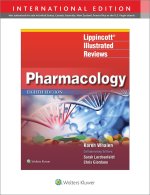
Lippincott Illustrated Reviews: Pharmacology
54.97 € -

Bioresonance
29.24 € -7 % -
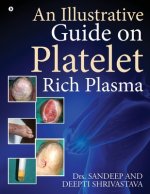
Illustrative Guide on Platelet Rich Plasma
19.96 € -

How Doctors Think
13.81 € -27 % -

Case Files Internal Medicine, Sixth Edition
48.92 € -

Herbs and Natural Supplements, 2-Volume set
79.68 € -12 % -

Essentials of Osborn's Brain
123.26 € -13 % -

Pocket Guide to Teaching for Clinical Instructors 3e
27.53 € -10 % -
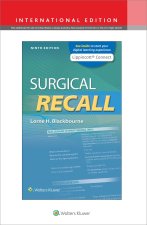
Surgical Recall
45.79 € -4 % -

Also Human
12.20 € -22 % -

Neuroanatomy Text and Atlas, Fifth Edition
99.25 € -
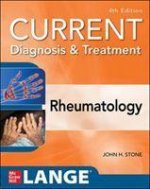
Current Diagnosis & Treatment in Rheumatology, Fourth Edition
89.27 € -4 % -
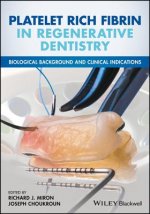
Platelet Rich Fibrin in Regenerative Dentistry - Biological Background and Clinical Indications
143.74 € -

Goldfrank's Toxicologic Emergencies, Eleventh Edition
302.12 € -9 % -
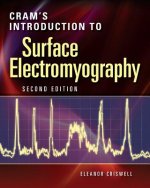
Cram's Introduction To Surface Electromyography
180.96 € -

God's Hotel
15.12 € -20 % -

Atlas of Pediatric EEG
331.98 € -

Essential Skills for a Medical Teacher
44.78 € -13 % -

Anesthesiology Self-Assessment and Board Review: BASIC Exam
127.50 € -

CURRENT Diagnosis & Treatment Occupational & Environmental Medicine
127.60 € -5 % -

Mastering the Art of Patient Care
53.56 € -4 % -

To Work in the Vineyard of Surgery
74.84 € -

Step-Up to Medicine
64.25 € -

Get into Medical School - 700 BMAT Practice Questions
21.17 € -
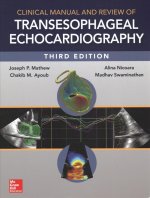
Clinical Manual and Review of Transesophageal Echocardiography, 3/e
184.80 € -5 % -
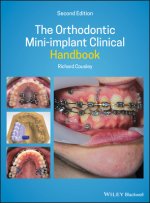
Orthodontic Mini-implant Clinical Handbook 2nd Edition
137.79 € -

Good-Bye Germ Theory
18.05 € -21 % -
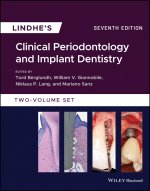
Lindhe's Clinical Periodontology and Implant Dentistry 7e
316.14 € -
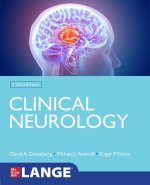
Lange Clinical Neurology
97.34 € -9 % -

Step-Up to USMLE Step 2 CK
63.95 € -4 % -

Cardiac Surgery in the Adult Fifth Edition
300 € -11 %
Collection points Bratislava a 2642 dalších
Copyright ©2008-24 najlacnejsie-knihy.sk All rights reservedPrivacyCookies


 15549 collection points
15549 collection points Delivery 2.99 €
Delivery 2.99 € 02/210 210 99 (8-15.30h)
02/210 210 99 (8-15.30h)